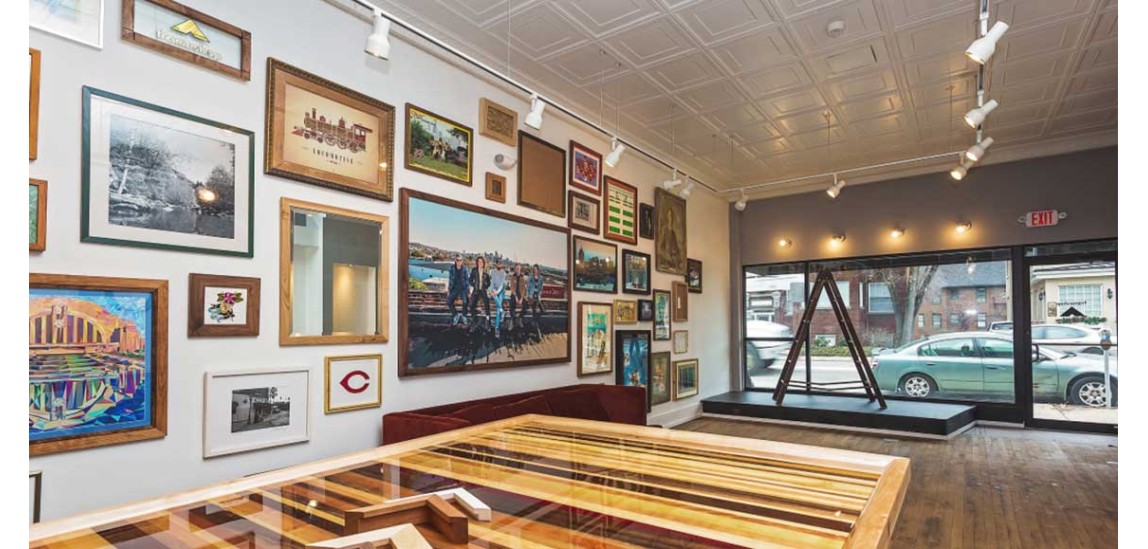Paint primer guide: The best primer to use for these common DIY projects

Painting a room is perhaps one of the easiest but most impactful DIY projects you can do, and once you've chosen your colour and readied your tools, the one sticking point homeowners tend to have is which primer to choose, and indeed if they should use primer at all.
Painting a room is perhaps one of the easiest but most impactful DIY projects you can do, and once you've chosen your colour and readied your tools, the one sticking point homeowners tend to have is which primer to choose, and indeed if they should use primer at all.
What does a primer do?
A primer is used – usually under two coats of paint – to seal the surface you are working on, provide a smooth base for your paint to adhere to, and provide colour protection and better durability to your final finish.
Is a primer really necessary?
A primer will give you the absolute best chance of achieving a professional finish on your paint project. If you choose to forgo primer, your paint won't be as resilient to humidity, and is susceptible to peeling. It's also likely that without a primer your paint will absorb into your surface, requiring several coats for a smooth finish.
Below, DIY expert Michael Rolland from The Paint Shed shares his advice on choosing the right primer for your paint project.
Bannisters and stairs
Most bannisters and stairs are made from wood. As wood is a natural, porous material, it is susceptible to damage from things such as moisture, temperature and even bugs, so priming a wood surface is a must.
If your bannister and stairs are already painted, it is important that you try and sand down as much of the old paint as you can before priming. 'Failing to do this could result in lack of adhesion, flaking or a generally uneven finish,' Michael warns. 'Once the surface has been prepped and smoothed, you can use an oil-based primer.'
If, however, the stairs and bannister are new, the type of primer needed for fresh wood will depend on the level of staining. 'If there is little to none, then a wood oil-based primer would be a suitable choice,' he explains. 'If there is a high level of staining, then a stain blocking primer such as a shellac-based primer would be best. A knotting solution is also required for fresh wood. This will stop the natural knots in the wood from shining through the paint finish if not treated.'
Radiators
If you are painting your radiators, to help them blend in with your decor and be less of an eyesore in the room, you should opt for an all metal/surface primer, available from trade paint manufacturers and even designer brands such as Farrow & Ball or Little Greene.
These are suitable for most metals in an interior or exterior setting – just be sure to check the product's instructions to ensure it is suitable for your project first.








Comments
No comment at this time!
Leave your comment